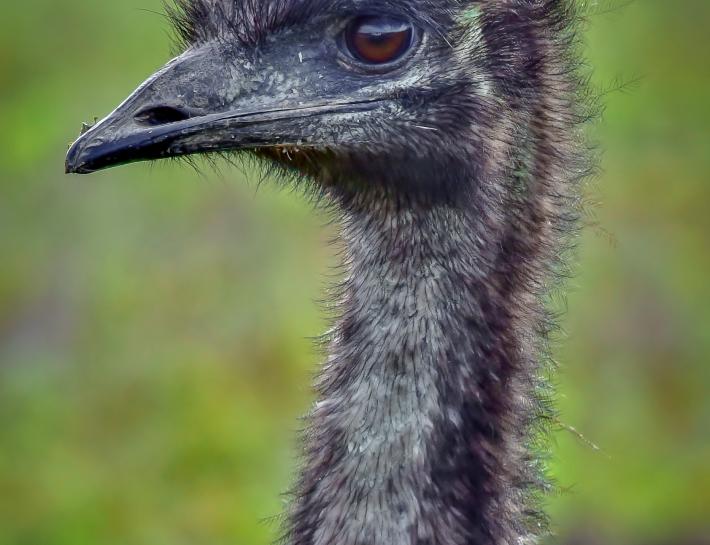Roads and Maritime Services recognises highway projects can impact on a wide range of threatened species and have developed and implemented a range of measures to minimise project impacts during and after the building of the Pacific Highway upgrade.
Threatened species includes both fauna and flora. To find out more about the project's fauna management plans see 'Featured publications' below and you can view more about how Threatened Flora is managed on our projects.


